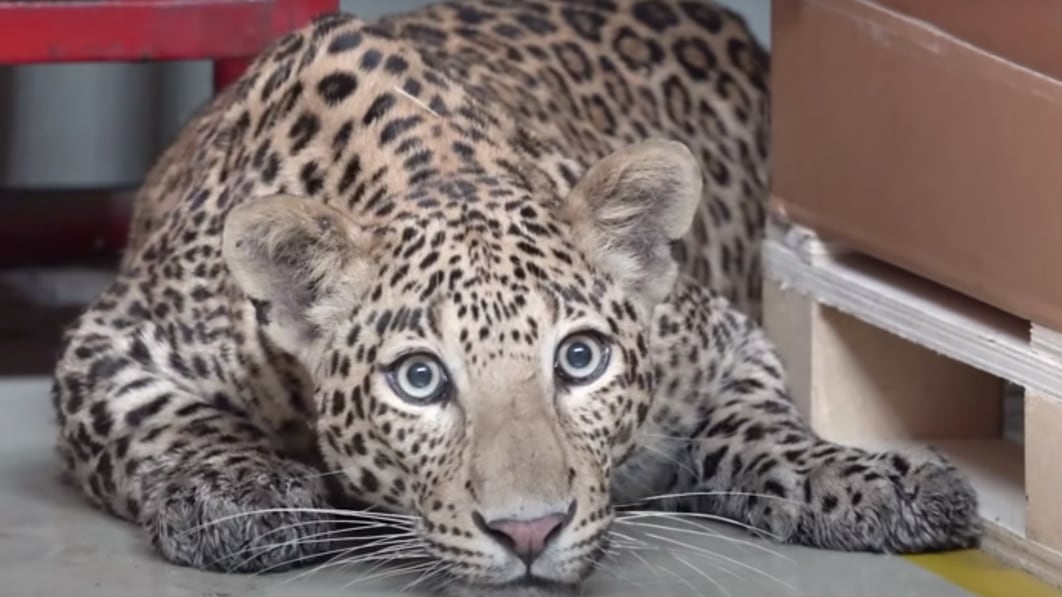Leopard walks in, shuts down a Mercedes-Benz plant

In recent months the auto industry has seen plant closures due to a host of reasons — parts shortages, recalls, natural disasters, and even a once-in-a-lifetime pandemic. Now it can add to that list the threat of an invading leopard. A Mercedes-Benz factory in Pune, India, was forced to halt production for a few hours when a wayward jungle cat wandered into the facility,
When the 3-year-old male leopard was spotted inside the manufacturing unit of the factory, it caused a panic among workers, according to a release by rescue organization Wildlife SOS discovered by The Drive. The site was shut down for about six hours as a Wildlife SOS rapid response team from the Manikdoh Leopard Rescue Centre and the State Forest Department safely removed the curious cat.
The team’s veterinary officers Dr. Nikhil Bangar and Dr. Shubham Patil carried out the rescue operation, tranquilizing the feline and loading it into a wildlife carrier. The rescue took about four hours, and Wildlife SOS reports that neither the creature nor any workers sustained injuries. The leopard was released back into the wild.
No one is quite sure how it got onto the factory grounds, but Wildlife SOS says that the forests in the surrounding region have one of the highest densities of leopards in the world. It’s also suffering from rapid deforestation. That encroachment by humans has led to a decrease in the leopard’s natural prey as well, so wildlife experts think it may have been looking for food.
The Mercedes plant builds the Maybach S 560, S-Class, E-Class Long Wheelbase, C-Class, CLA, GLA, GLE and GLS for the Indian market.
We have a different theory. We believe that the cat was seeking to set the record straight with Mercedes. When the S 65 AMG debuted, Mercedes claimed it featured the world’s first Road Surface Scan technology to detect pavement undulations and adjust suspension damping accordingly. The only problem with that claim: Nissan had the technology some 30 years earlier in several mid-80s models, including the Maxima and Japan’s version of the Infiniti M30, which was called — you guessed it — the Leopard.



